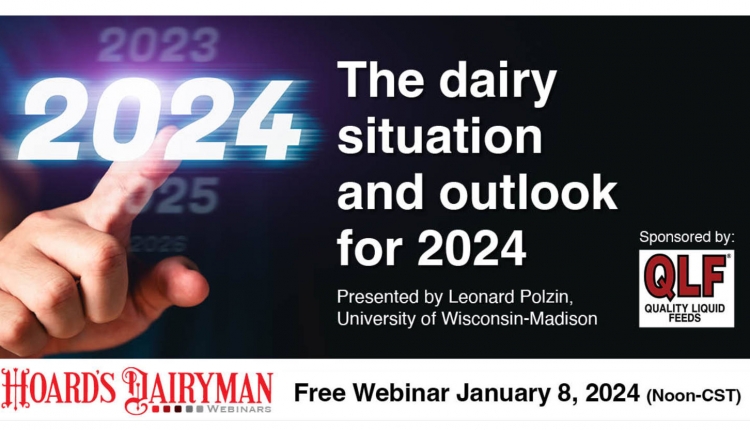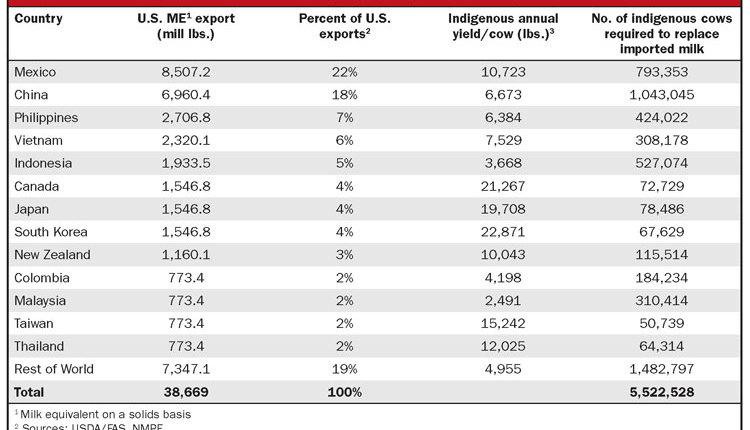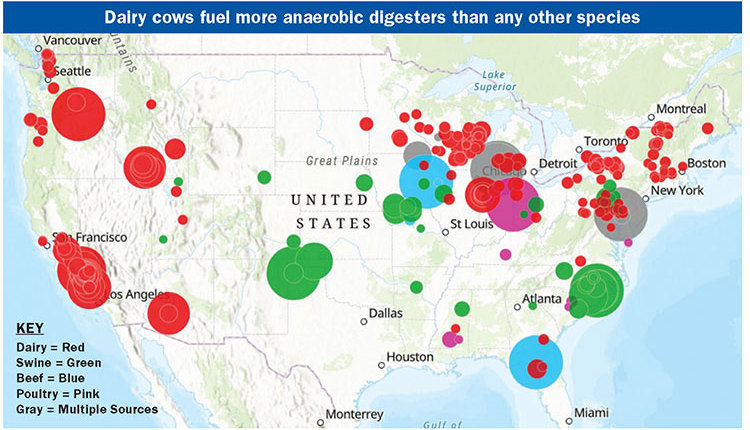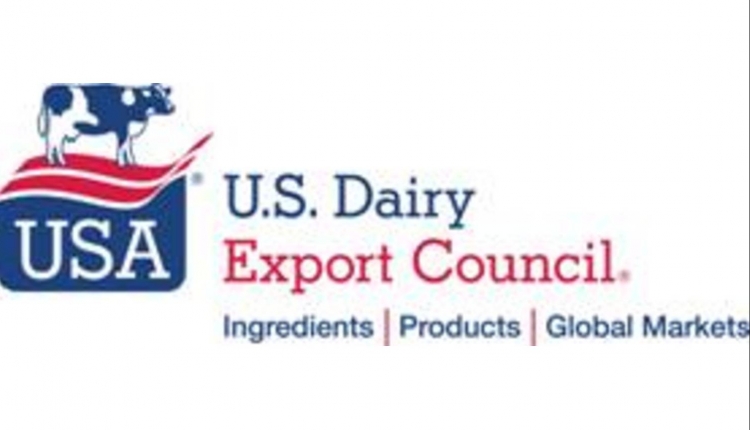
Why is it possible to enroll only 75 percent of your milk production for basic coverage?
Originally, the producers and other industry experts who developed the program set the maximum at 90 percent of the highest annual production of the three years prior to enactment. They believed that, since the program is a safety net program, some milk production would need to be exposed to market forces.
The purpose of the program is to guard against catastrophic losses, not encourage production. Due to federal budget constraints, the amount of milk production history eligible for basic was reduced to 75 percent in the legislative draft. However, supplemental coverage is still available up to 90 percent of the production history.
Since a producer's premium for supplemental margin protection would be fixed for the duration of the farm bill, when does a producer have to decide how much protection they want to purchase?
The producer will have one year from the date of enactment to sign up for the margin protection program and decide if and how much supplemental coverage he or she wants to buy. They can purchase up to $4 additional margin protection on up to 90 percent of their production history.
Please explain how margins are determined for the margin protection and market stabilization programs. (Where does the milk price used come from? What about the costs of corn, protein supplement, and hay?)
The margin for the each program is determined in the same way - it is the All-Milk Price minus feed cost. The term All-Milk Price" means the average price received per hundredweight of milk by dairy producers for all milk sold to plants and dealers in the United States, as reported by the National Agricultural Statistics Service.
The cost of corn and soybean meal is determined using the average daily settlement price for futures contracts under the Chicago Mercantile Exchange, Chicago Board of Trade, during the futures contract month closest to expiration of that month.
The price of alfalfa hay for a month will be the price received during that month by farmers in the United States for alfalfa hay, as reported by the National Agricultural Statistics Service.
Why doesn't FFTF include a provision that would give producers the option of participating in a continued MILC program or a margin protection program
(or have MILC for smaller herds with margin protection for people above the cap as USDA's Dairy Industry Advisory Committee has suggested)?A basic provision of NMPF policy is that all producers are treated equally. The MILC program does not do that. More importantly, the MILC program has been an inconsistent safety net program and, therefore, ineffective in providing assistance when farmers most need it. For example, it actually paid out more to producers in 2000 when the average margin was over $7 per hundredweight than it did in 2009 when the margin was under $4 for eight consecutive months. The MILC program is price driven while producers' financial wellbeing depends on margin.
Won't the margin protection program encourage more expansion and result in more surpluses?
No, it won't because the level of basic coverage and the amount of milk on which supplemental coverage can be purchased is limited to 90 percent of the highest annual production in the three years prior to the program going into effect. The production history cannot increase. In fact, one could argue that this limitation could serve as a deterrent to indiscriminant growth. Lastly, it is important to keep in mind that even under the supplemental program, the level of coverage will not provide a profit to producers.
How can FFTF not have income caps with the margin protection program?
(Farm Service Agency programs have caps by law, and FSA is designated as the agency that would administer the program. Also, how can you not have caps and still treat all family farms fairly, even large ones?)The legislative language states very specifically that there will be no caps on payments to dairy producers who sign up for the program other than parameters specifying how the production history is determined and the percent of that history that shall be covered. The Congress is the final authority on public policy matters of this sort with the power to write dairy legislation in a manner that suits its purposes.
As mentioned previously, the FFTF programs are designed to treat all producers fairly. To place caps on an insurance program like the DPMPP is like limiting the amount of insurance a person can buy on their house because their house is bigger than average.
Ultimately, the purpose of programs like the margin protection plan is to make sure people are willing to produce safe and wholesome food for the American public. Public policy can have an impact on an industry's evolution but it cannot stop it. For example, the MILC program was supposed to protect small dairy farmers. Since its inception in 2000, there are 31,000 fewer dairy farmers milking between 30 and 200 cows in 2010. By this measure, MILC failed to achieve its goal. Dairies with 200 cows or more actually increased by 540 and 60 percent of the nation's milk is now produced by 3,500 dairies.
What assurances do we have that the margin protection program (both base and supplementary) will have enough funds (government monies and premiums) to cover all participants for the duration of FFTF (the farm bill)? What if we have another 2009?
By the time Congress passes legislation containing the elements of Foundation for the Future, the package of programs will have been fully analyzed to ensure that it falls within the budget baseline for the full term of the Farm Bill or other predetermined time period as specified by the legislation.







